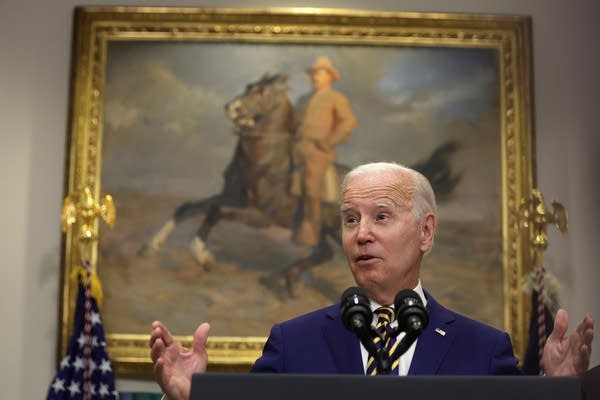Education officials: Hundreds of thousands of Minnesotans could benefit from student loan debt relief

President Joe Biden speaks on student loan debt in the Roosevelt Room of the White House Wednesday in Washington, DC. Biden announced steps to forgive $10,000 in student loan debt for borrowers who make less than $125,000 per year and cap payments at 5 percent of monthly income.
Alex Wong | Getty Images
Go Deeper.
Create an account or log in to save stories.
Like this?
Thanks for liking this story! We have added it to a list of your favorite stories.


